- The Three Outside Up & Down candlestick patterns are 3-bar opposite reversal patterns.
- They are made of one up or down candle and then 2 candles of the opposite color.
- The second candle contains the first one.
- The third candle closes over (for the bullish formation) or below (for the bearish one) the second one.
Statistics to prove if the Three Outside Up & Down pattern really works
Are the odds of the Three Outside Up and Three Outside Down pattern in your favor?
How does the Three Outside Up and Three Outside Down behave with a 2:1 target R/R ratio?
From our research the Three Outside Up and Three Outside Down pattern confirms 70.1% of the time on average overall all the 4120 markets we analysed. Historically, this patterns confirmed within 4.8 candles or got invalidated within 9.7 candles. If confirmed, it reached the 2:1 R/R target 35% of the time and it retested it's entry price level 97.7% of the time.
Not accounting for fees, it has an expected outcome of 0.051 $/$.
It means for every $100 you risk on a trade with the Three Outside Up and Three Outside Down pattern you make $5.1 on average.
Want to account for your trading fees? Have the detailled stats for your favorite markets / timeframes? Or get the stats for another R/R than 2:1?
🚀 Join us now and get fine-tuned stats you care about!
How to handle risk with the Three Outside Up and Three Outside Down pattern?
We analysed 4120 markets for the last 59 years and we found 190 963 occurrences of the Three Outside Up and Three Outside Down pattern.
On average markets printed 1 Three Outside Up and Three Outside Down pattern every 82 candles.
For 2:1 R/R trades, the longest winning streak observed was 13 and the longest losing streak was 36. A trading strategy relying solely on this pattern is not advised. Anyway, make sure to use proper risk management.
Keep in mind all these informations are for educational purposes only and are NOT financial advice.
If you want to learn more and deep dive into candlestick patterns performance statistics, I strongly recommend you follow the best available course about it. Joe Marwood (who's a famous trader with more than 45 000 Twitter followers) created an online course called "Candlestick Analysis For Professional Traders" in his Marwood Research University. There he will take you through the extensive backtesting of the 26 main candlestick patterns. He then summarizes which one is THE best pattern. Do you know which one it is?
Remember, don't trade if you don't know your stats. Click here to signup to the course now!
What is are Three Outside Up & Down patterns?
The three outside up / down candlestick pattern describes a pair of three-candle reversal patterns that come up on candlestick charts. In both, a dark candlestick is followed by two white ones, or vice-versa.
The Three Outside Up pattern
A three outside up pattern is made up of four candlesticks that form close to support levels. The first candle is bearish, the second is a bigger bullish candle that forms a bullish engulfing, and the other two candles form higher highs. Typically, the fourth candle forms a bullish reversal pattern.
This pattern is a bullish reversal pattern made up of another bullish reversal pattern known as the bullish engulfing pattern. The pattern is a two candlestick pattern. When a third candle is included, you will have a different pattern with the same meaning.
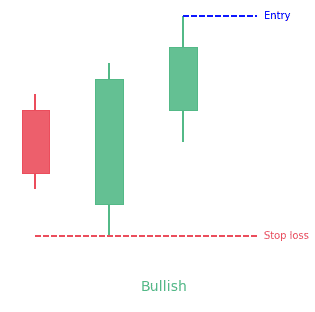
The three outside up has the following characteristics:
- The market is in a downtrend
- The first candle is black
- The second candle is white with a long real body and fully engulfs the first candle
- The third candle is white with a higher close than the second candle
The Three Outside Down pattern
The three outside down candlestick pattern occurs during a bullish market movement. It starts with a short white candlestick on day one, but the second day comes with a surprise.
There is a long black candlestick pattern with a body that extends both above and below the white candlestick of the previous day, completely covering it. The third day is another bearish day with a black candlestick that closes even lower than the first day.
Because the second day starts above the first and closes far below, there are clear signs of an impending reversal. If there is any ambivalence, the low of the third day only confirms the coming downturn by adding a second black day. Clearly the sellers have managed to break the momentum of the buyers and taken the day. This is likely the very beginning of a long bearish trend.
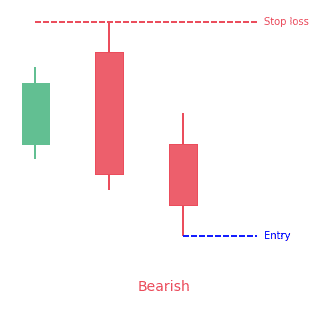
The three outside down has the following characteristics:
- The market is in an uptrend
- The first candlestick is white
- The second candlestick is black with a long real body that fully contains the first candle
- The third candlestick is black with a close lower than the second candle
The three outside up/down pattern is a reversal pattern that is identified when during a downtrend, a bearish candle is followed by a bullish one which closes well above the previous one and the third candle is again a bullish candle and closing well over the previous candle close.
During an uptrend, a bullish candle is followed by a bearish candle which closes below the close of the first candle, followed by another bearish candle that closes yet again below the previous candle close.
How to identify the Three Outside Up/Down?
The first candle indicates the start of the end for the prevailing trend as the second candle covers the first candle. The third candle indicates an acceleration of the reversal.
The three outside up / down candlestick pattern frequently occur and is a reliable indicator of a reversal. Traders can use these signals as major selling or buying signals but still watch for confirmations from other technical indicators or chart patterns.
What does the Three Outside Up/Down candlestick pattern tell traders?
Three Outside Up trader psychology
The first candle carries on the bearish trend, with the close lower than the open showing strong selling interest while raising bear confidence. The second candle starts lower but reverses, crossing through the opening tick in a display of bull power. This price action raises a red flag, informing bears to take profits or tighten stops because a reversal is possible.
The security continues to post gains, increasing price above the range of the first candle, completing a bullish outside day candlestick. This raises the confidence of bulls and sets off buying signals, confirmed when the security posts a new high on the third candle.
Three Outside Down trader psychology
The first candle continues the bullish trend, with the end higher than the open showing strong buying interest while increasing the confidence of bulls. The second candle begins higher but reverses, crossing through the opening tick in a display of bear power. This price action raises a red flag, informing bulls to take profits or tighten stops because a reversal is possible.
The security continues to post losses, dropping price below the range of the first candle, completing a bearish outside day candlestick. This raises bear confidence and sets off selling signals confirmed when the security has a new low on the third candle.
How to trade when you see the Three Outside Up/Down pattern?
Three Outside Down
The bears have ceased control from the bulls when the pattern forms are done letting them have that control so they come in. Typically, the first candle in the pattern is small, usually made up of various kinds of doji candle.
So, while the bulls may be in control, there is some indecision on whether or not that trend will continue. The next day opens higher than the formation of the first candle. This in turn will have traders thinking the trend will continue but rather, price falls to completely cover up the first candle telling traders that there’s a reversal. Traders can view this bearish engulfing pattern and decide to get into a trade based off that pattern alone.
Some traders may wait for the confirmation candlestick that turns it into three outside down patterns. This just gives extra reassurance that the trend is actually reversing. The stronger the uptrend, the stronger the bearish reversal will be. Additionally, the longer the second and third candlesticks are, the stronger the reversal.
How to trade three outside down candlestick patterns:
- Watch for the first smaller bullish candlestick to form
- Next, watch for the second bigger bearish candlestick to engulf first
- Then, watch for third and fourth candlesticks to form lower highs
- Traders take a short position once price breaks below the fourth candlestick
- Place stop above the fourth candle
- Some traders take a long position once price breaks above fourth candlestick
- Then place stop below the fourth candlestick
Three Outside Up
These patterns are informing traders that the bulls are done letting the bears have control. Even though the first candle of the pattern is part of the downtrend in place, change is eminent.
The second day the bulls enter and take the bears out. They completely cover the previous day but it doesn’t begin the day that way. It opens lower than the previous day making you believe the trend will go on. Then boom, the bulls come in and take over.
Next, traders get the confirmation and make the reversal much more likely. Some traders can get in on the second day believing the two day reversal pattern. Other traders may wait for the third day to get confirmation. They don’t want to get trapped in a fake out.
How to trade three outside up candlestick patterns:
- Watch out for first smaller bearish candlestick to form
- Next, watch for second bigger bullish candlestick to engulf first bearish one
- Then, watch for third and fourth candlesticks to form higher highs
- Traders take a long position once price breaks above the fourth candlestick
- Place stop below the fourth candle
- Some traders take a short position once price breaks below fourth candle
- Then place stop above the 4th candle
How does the Three Outside Up & Down pattern look in real life?
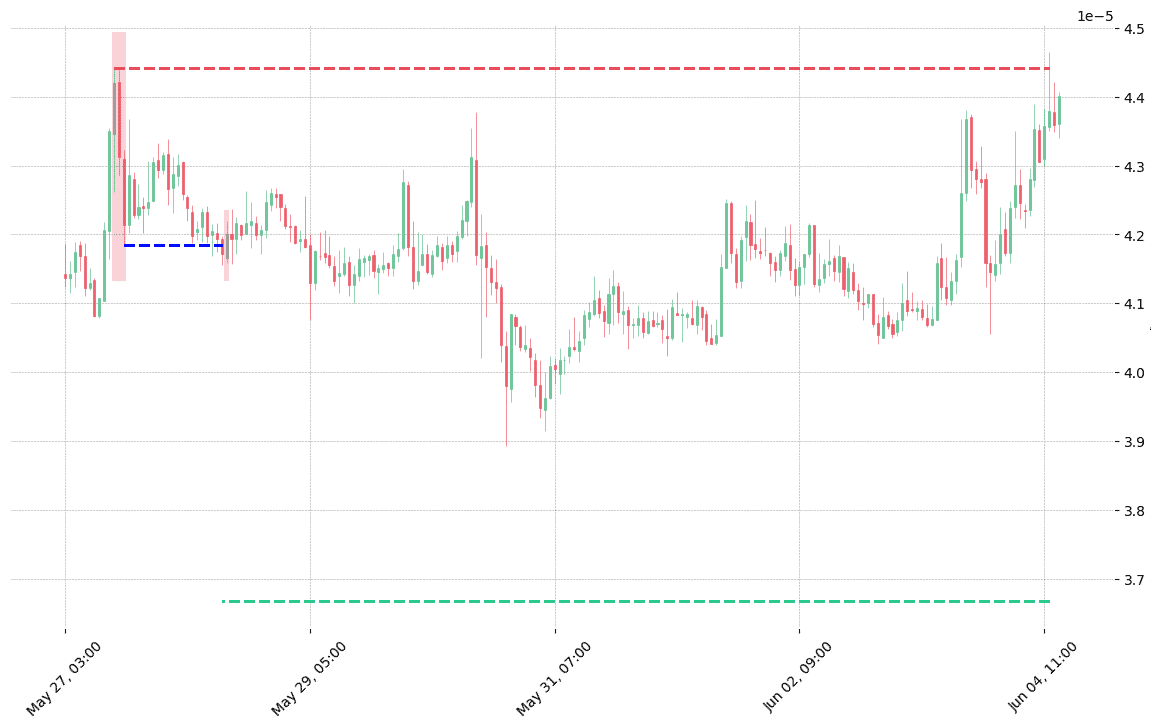
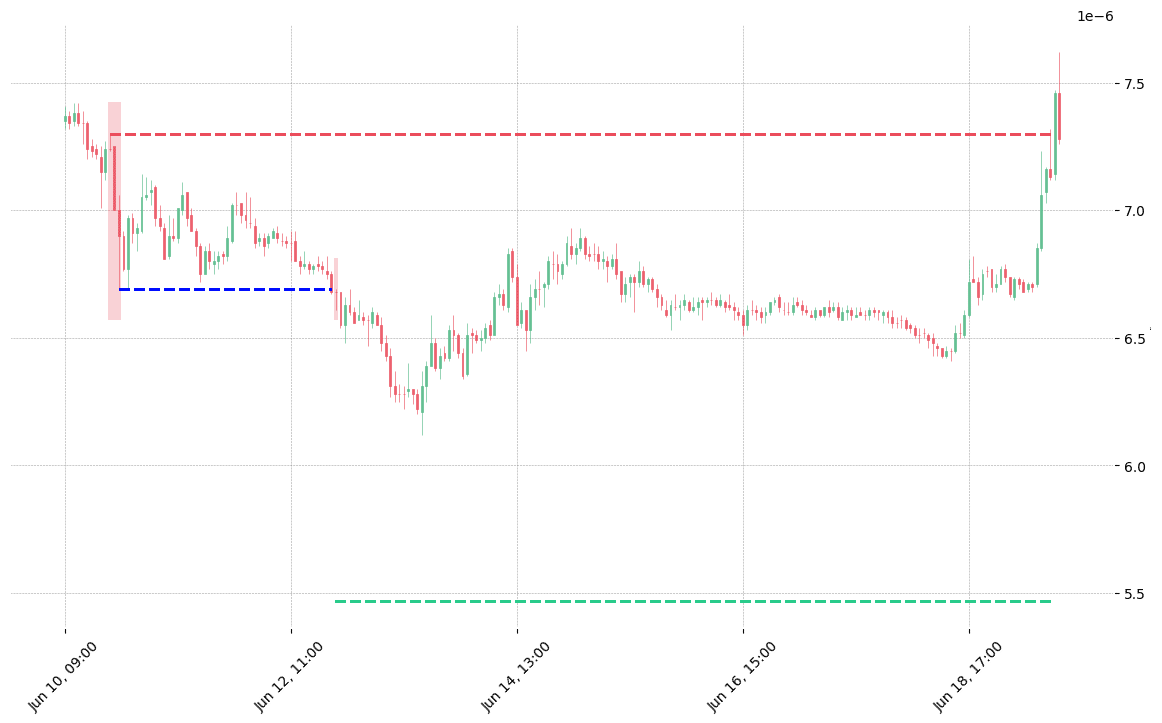
Looking to learn more about this pattern?
You should take a look at Joe Marwood's online course. In his course, he backtested the 26 main candlestick patterns before to summarize which one is THE best pattern. I really liked his course and you shouldn't miss it!
Click here to signup to his "Candlestick Analysis For Professional Traders" course now!
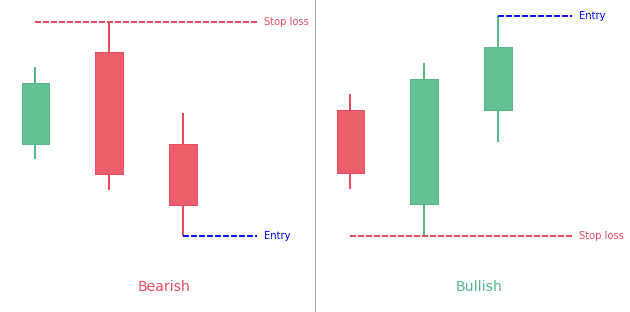
 Good Trading requires the Best Charting Tool!
Good Trading requires the Best Charting Tool!
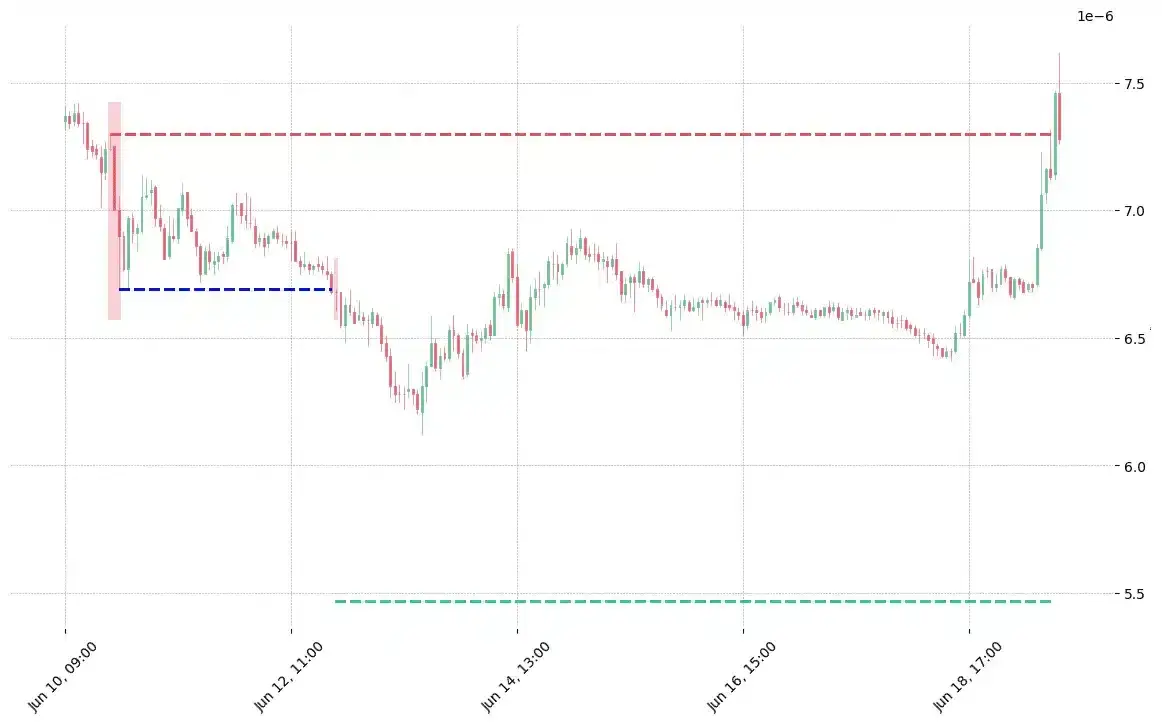
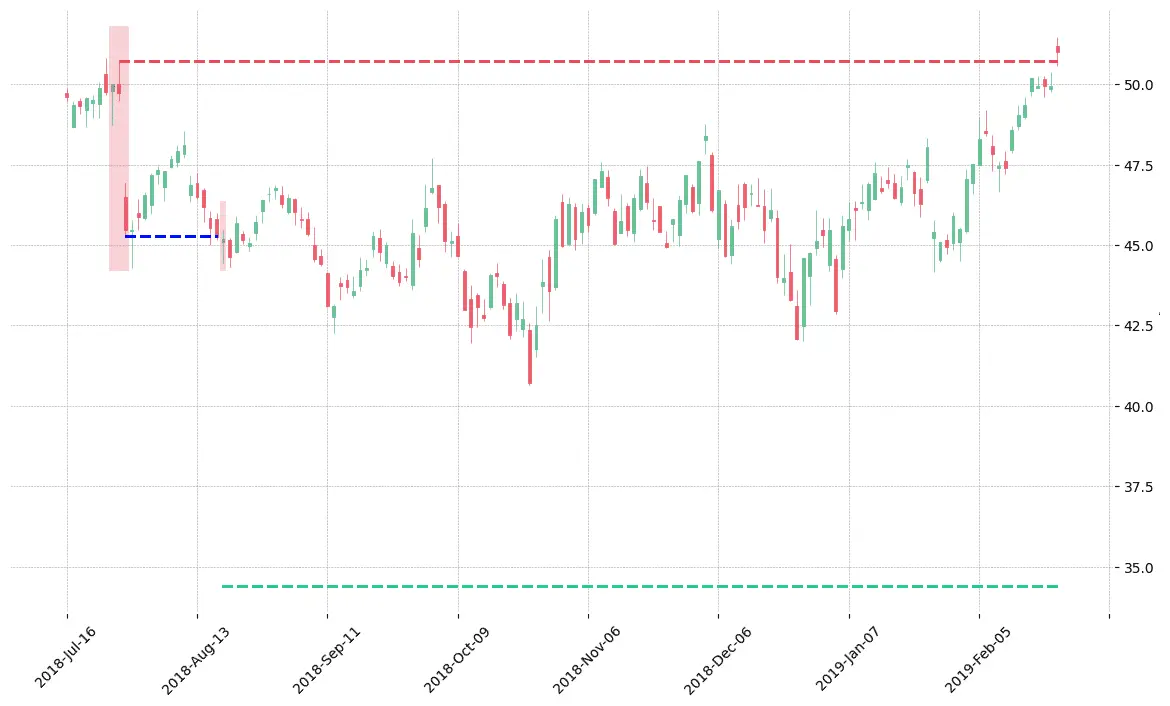


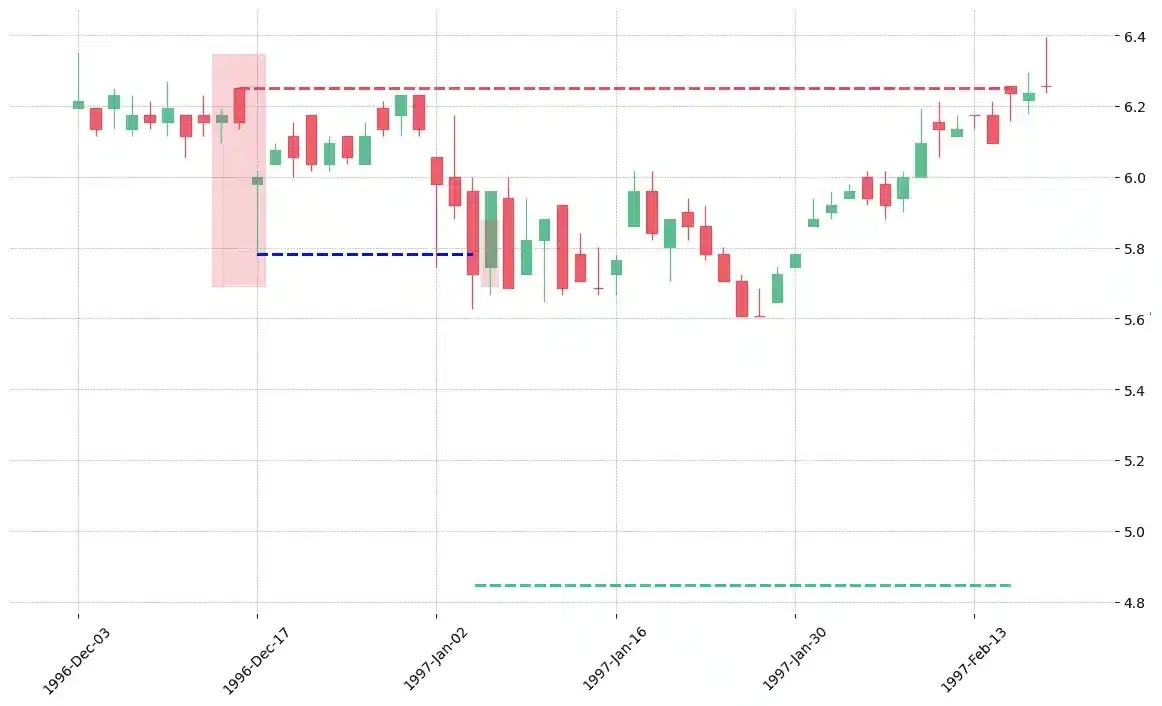
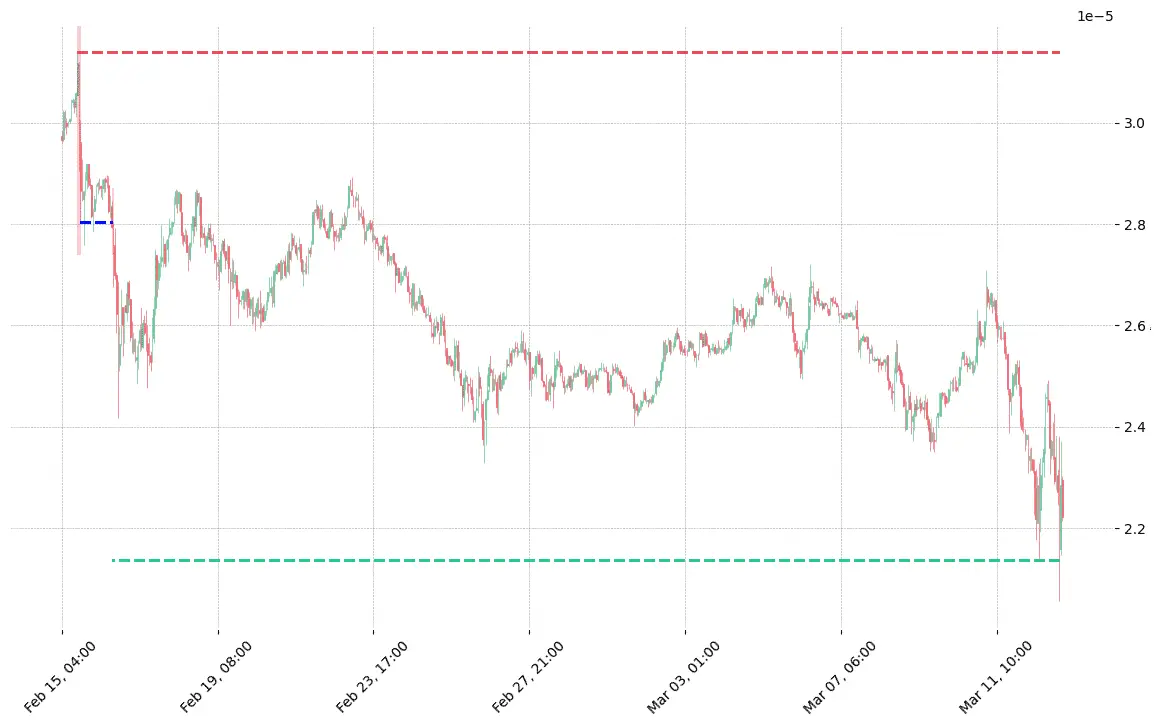
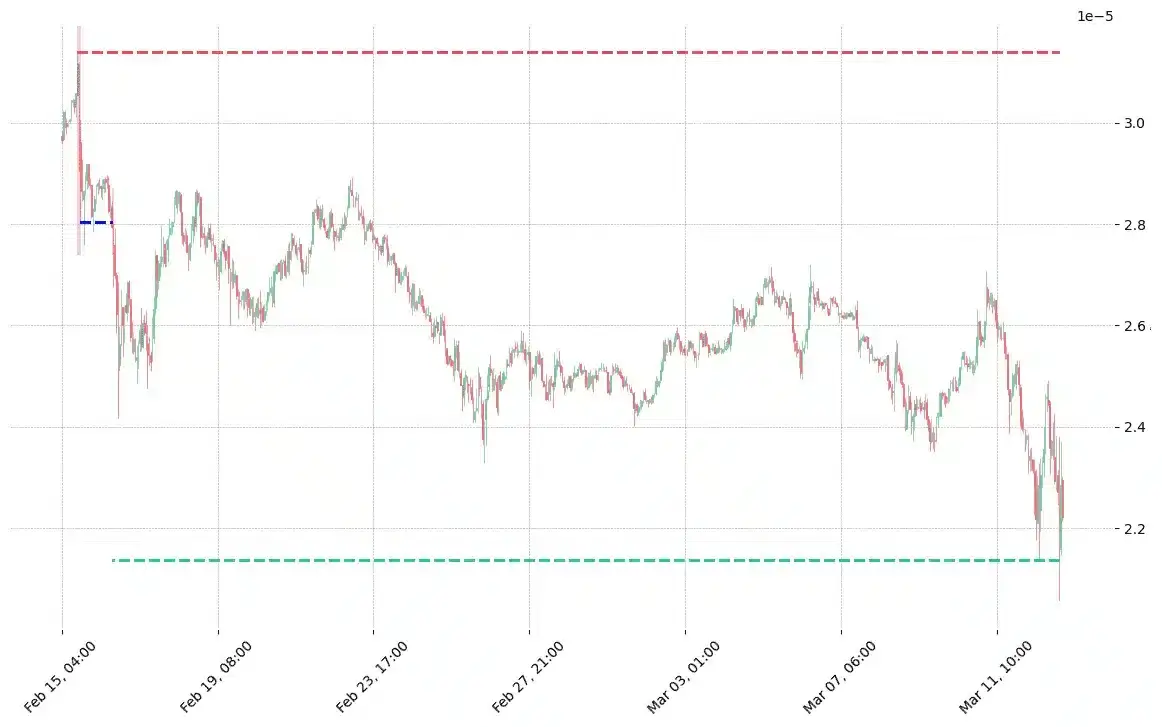
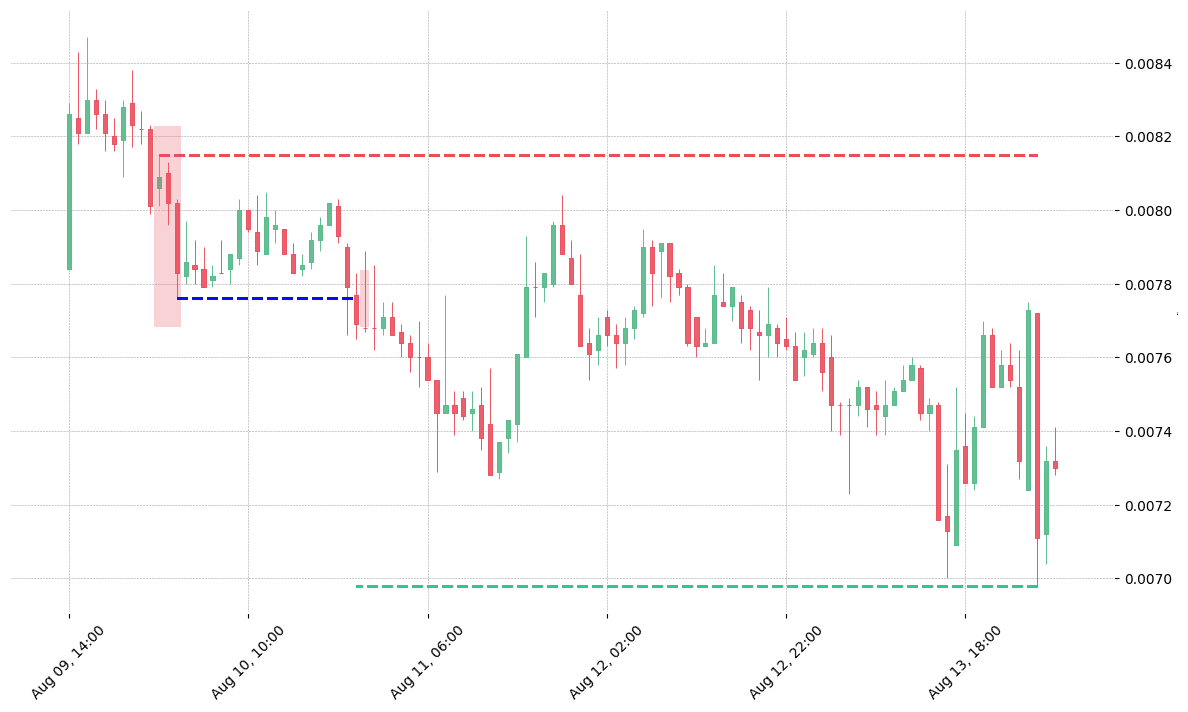

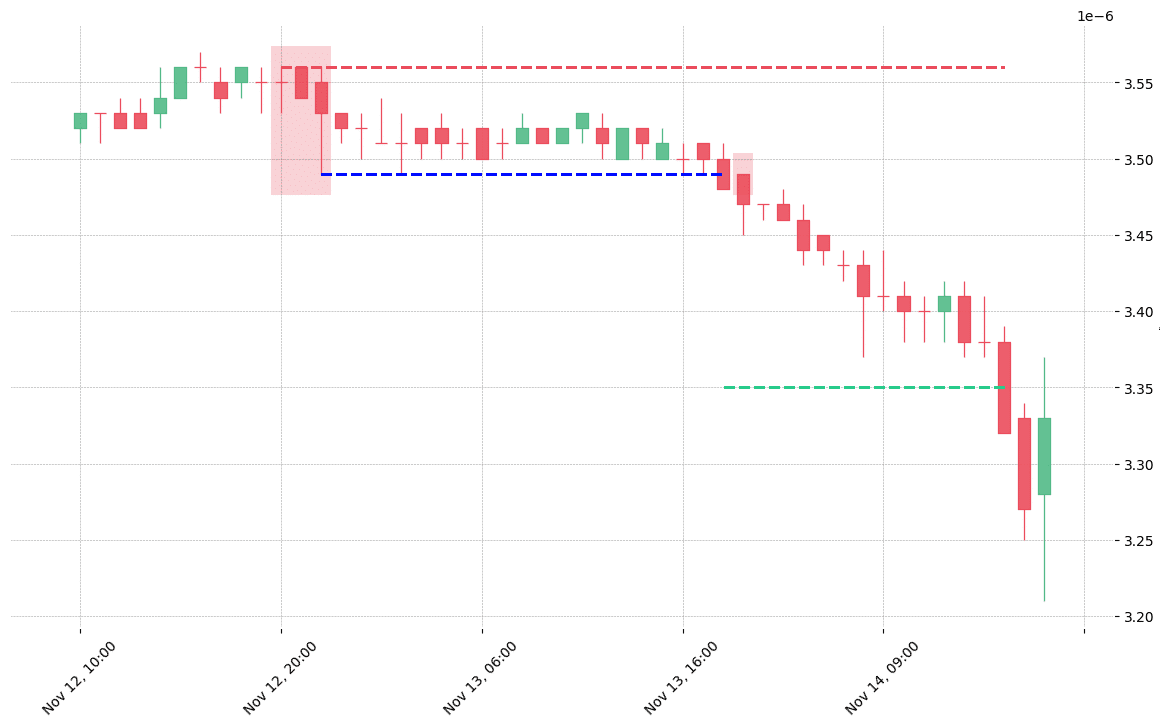
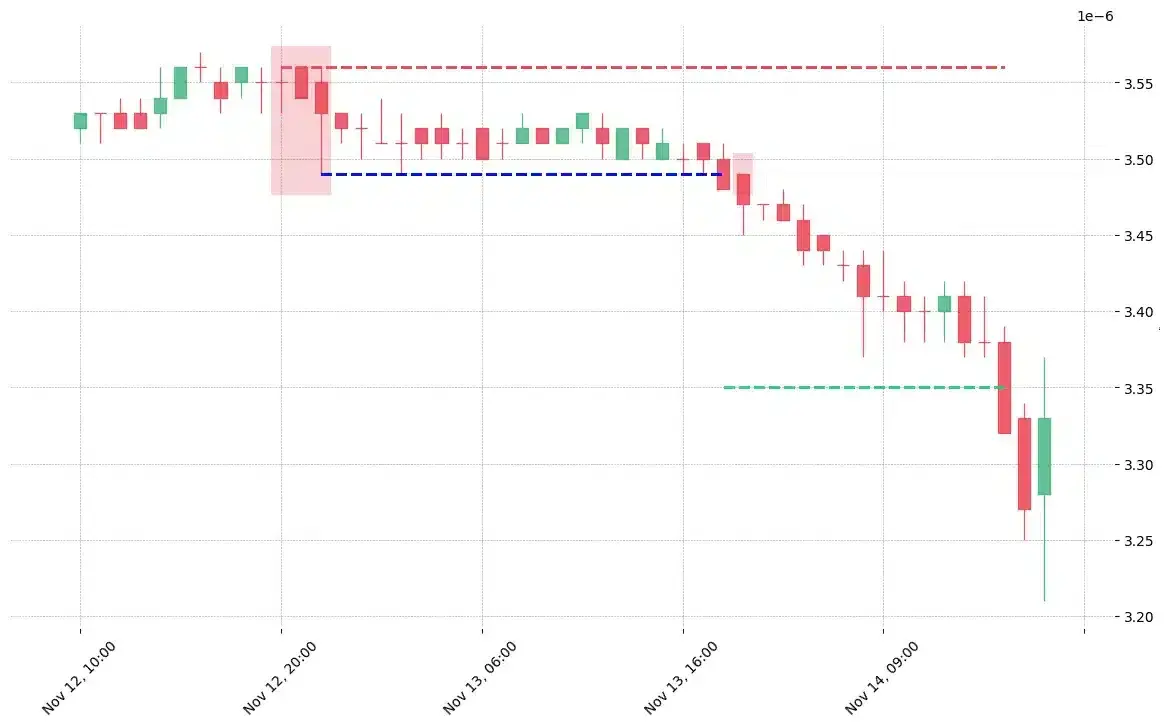
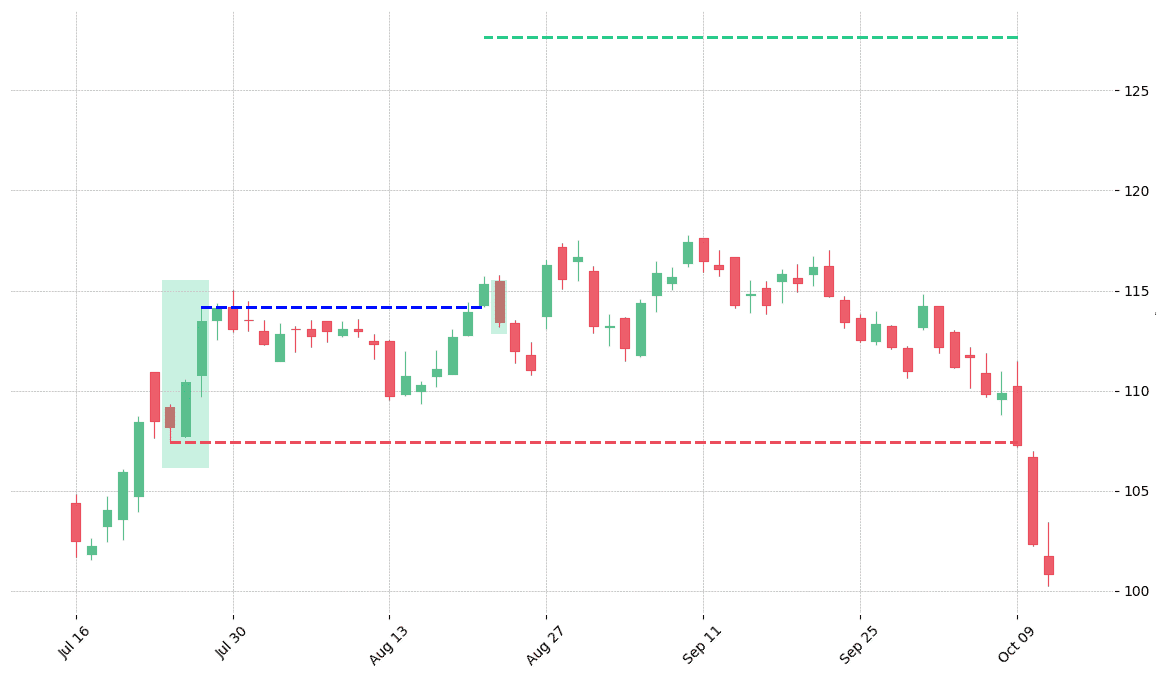
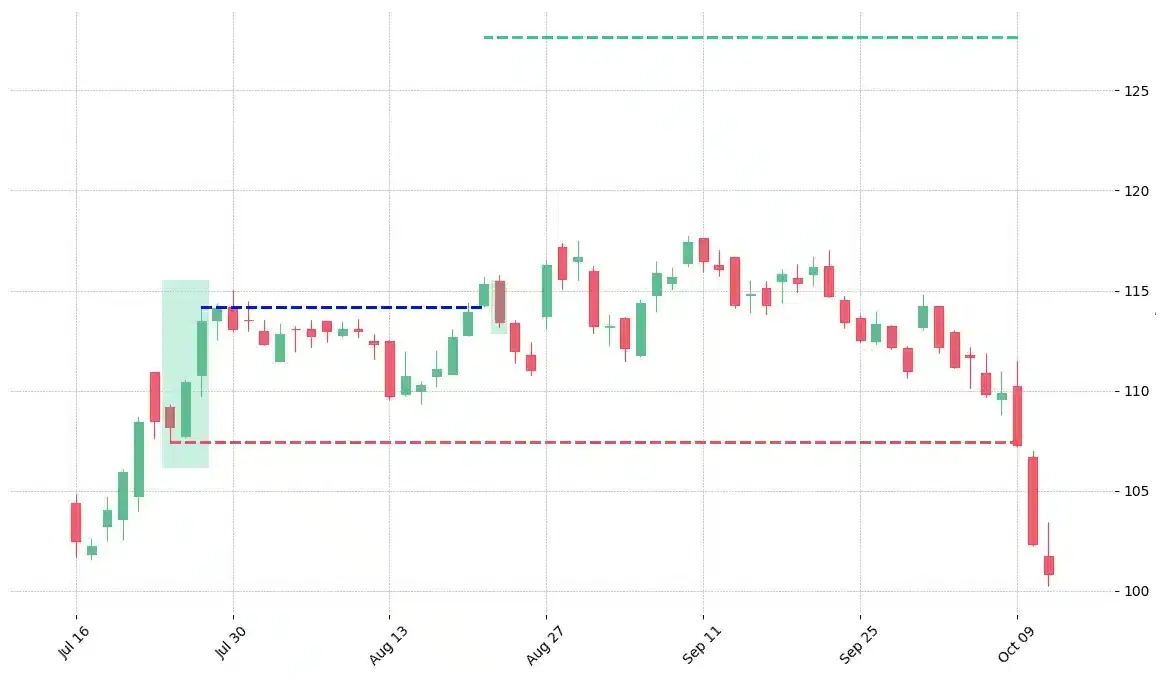
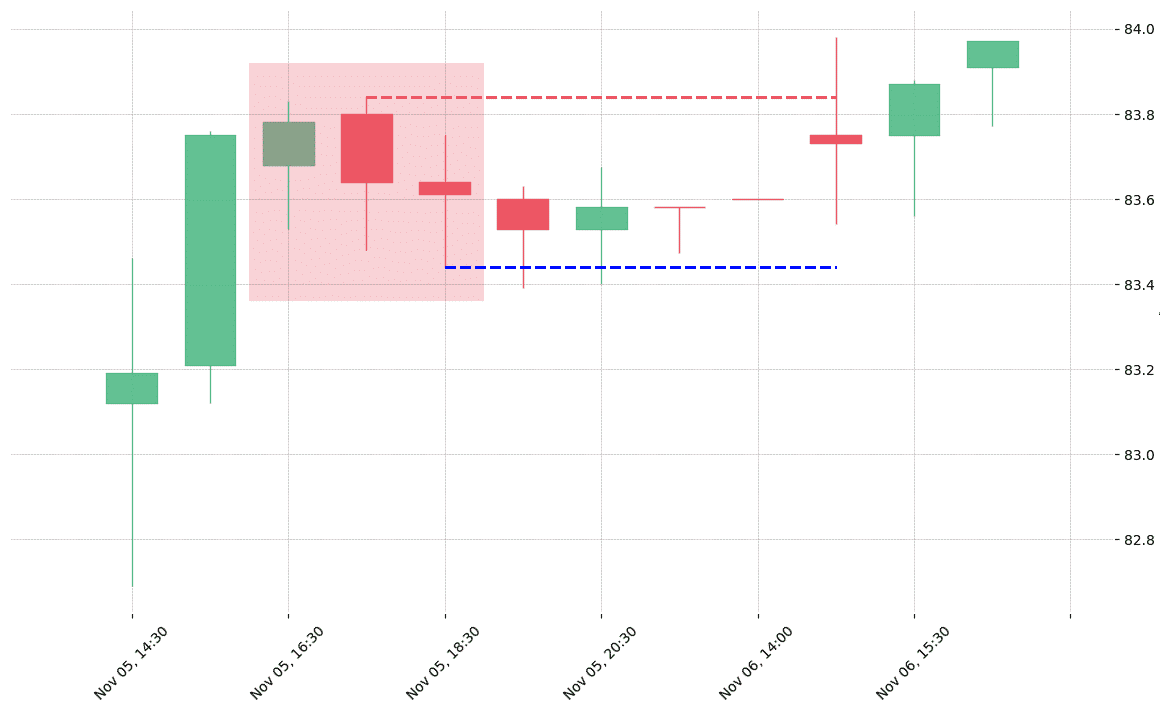
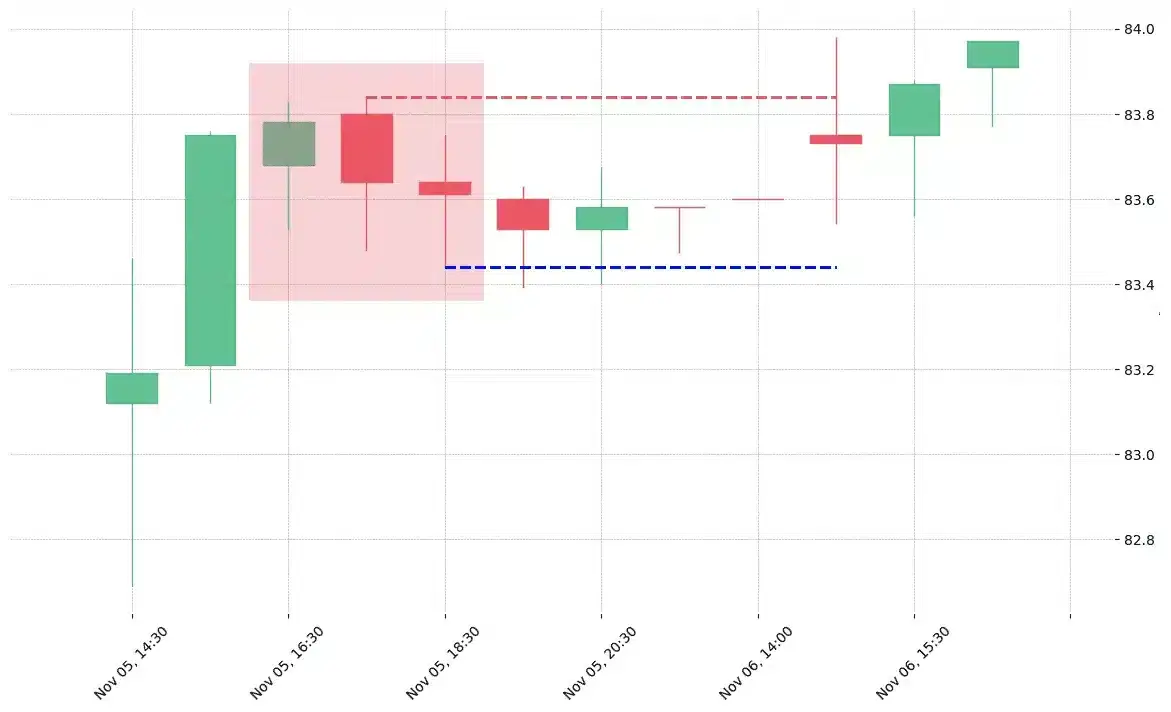


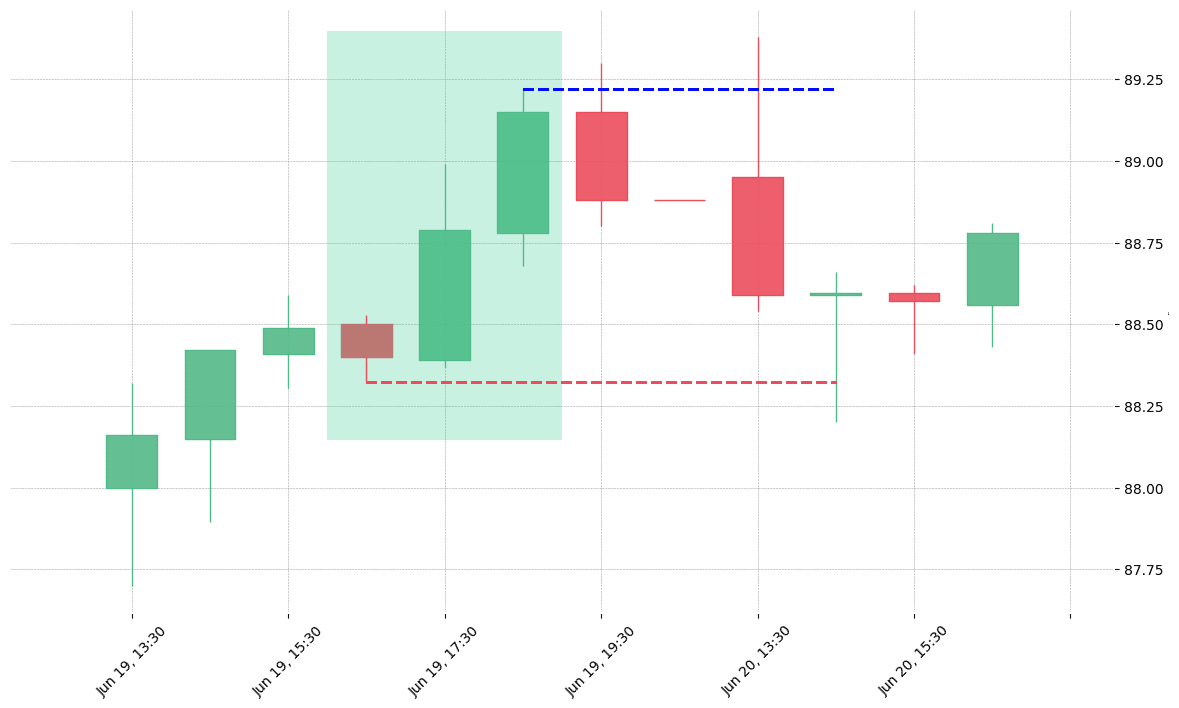
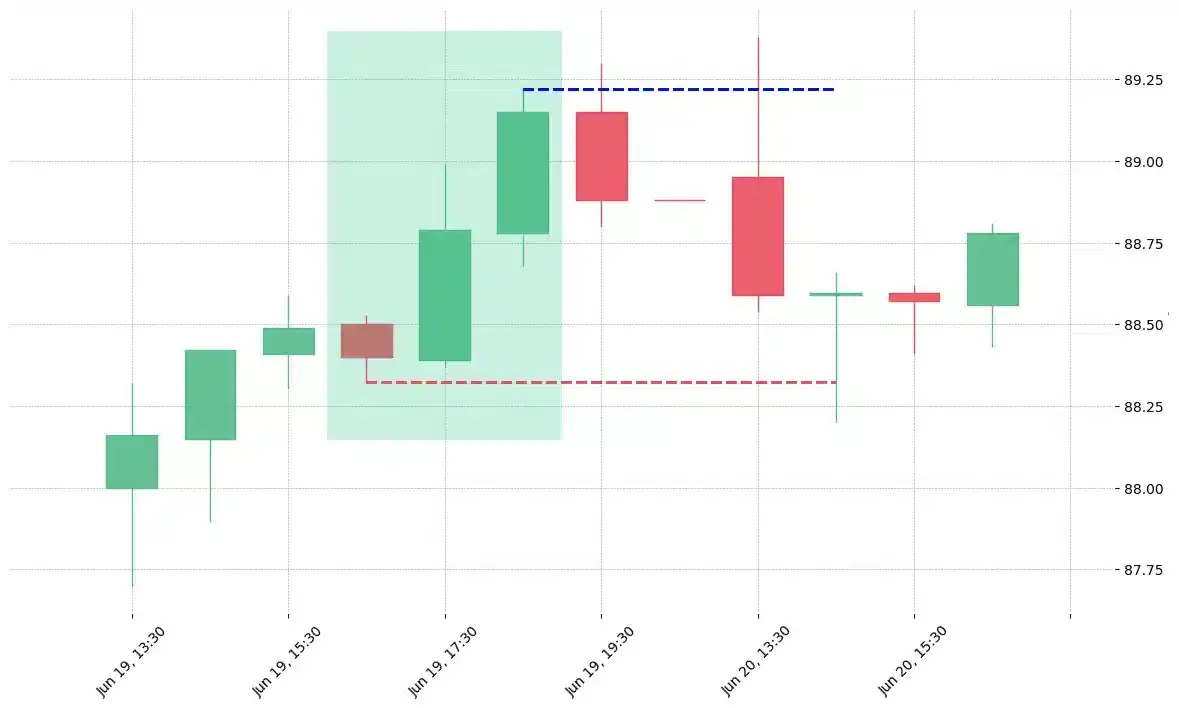


 We loved Marwood Research’s course “Candlestick Analysis For Professional Traders“. Do you want to follow a great video course and deep dive into 26 candlestick patterns (and compare their success rates)? Then make sure to check this course!
We loved Marwood Research’s course “Candlestick Analysis For Professional Traders“. Do you want to follow a great video course and deep dive into 26 candlestick patterns (and compare their success rates)? Then make sure to check this course!